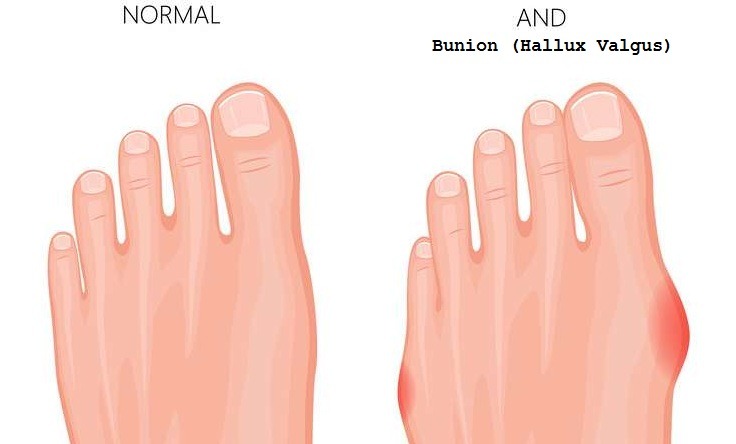Scaphoid Bone
The scaphoid bone is one of the 8 ball bones located between the metacarpal bones of the hand and the forearm bones. Its shape is similar to beans. During the wrist movement, it acts as a lever, coordinating the movement of the neighboring wrist bones.
The scaphoid bone is mostly broken due to falling injuries on the open hand. The diagnosis is made by taking X-rays of the patient applying with an appropriate history of trauma. Some scaphoid bone fractures may not be visible on X-rays because the broken pieces are intertwined. Therefore, if the patient is presenting a history of trauma has pain at the thumb level of the wrist, even if there is no fracture on the X-ray, it is absolutely necessary to check it with MRI. If the scaphoid bone fracture is missed, Progressive Collapse due to Scaphoid Nonunion Advanced Collapse (SNAC) may develop in the wrist due to nonunion. SNAC is the name of the painful and motion-limiting process leading to calcification (osteoarthritis) in the wrist.
Scaphoid bone knitting is more difficult than other bone knitting. Since it is an articular bone, joint fluid penetrates between the broken parts, making it difficult to knit. Mobility of the bone and the weakness of the vascular network it feeds are other factors that reduce the knitting. In cases of unnoticed fractures, if the fragments are separated beyond acceptable limits, the already difficult knitting becomes even more difficult.
Some cases of scaphoid bone nonunion may not cause any symptoms at all. Such cases in patients can be detected when imaging is performed for other reasons incidentally or it can be detected when it becomes painful when they experience a trauma again. In patients treated with a non-surgical method, union may not be achieved despite appropriate and correct application, and patients generally apply with the complaint of nonunion due to early removal of the cast.
Patients apply with complaints of pain, swelling and limitation of movement in the wrist. X-rays are taken with the scaphoid bone of the wrist visible. Computed Tomography is used to determine the amount and angles of separation of non-uniting parts. MRI imaging is used to view the viability of broken bone fragments. The loss of vitality of this bone is mostly observed in the upper bone fracture with less vascularization.
Treatment
Some patients do not complain about scaphoid bone fracture nonunion, however; most of them complain of pain and limitation of movement due to progressive wrist calcification (osteoarthritis). In such cases, there are some recovery surgeries that can be performed according to the stage of the problem.
In the early period;
in order to ensure the union, the broken bone edges are refreshed and corrected and usually fixed with a screw embedded in the bone. Union is supported by placing grafted bone obtained from the upper part of the wrist or arch bone between the broken parts. The aim of this surgery is to provide the original length and plane of the bone. With the screw, the broken parts are both clamped on each other and fixed. The graft is completed if there is a shortening of the bone length due to both bone union and crushing.
In the late early period;
it is necessary to transfer live bone to the broken bone fragments that have lost their vitality, together with the vein from another location. Again, the broken ends are refreshed and corrected. Vascular bone is placed in between and fixed with screws or wire. The vascular bone placed in between can be extended from the adjacent vascular forearm bone. Another method is to transfer the bone fragment extracted from the inner part of the knee with its vein to the fracture area by microsurgical methods.
In the advanced period;
these are the operations performed in the stages where there is deformation and calcification (osteoarthritis) in the neighboring bones of the wrist. The broken scaphoid bone is removed and the adjacent bones are united together. Thus, coordinated and joint movement of the bones during the wrist movement are aimed. In order to reduce pain, removal of the nerve leading to the relevant area and removal of the calcified forearm wrist corner can also be added to the surgery.
In all wrist arthritis cases; fusion (arthrodesis) surgery is applied to the wrist to relieve the pain.











